FULL DOME SHOWS
Choose from full dome shows currently available:
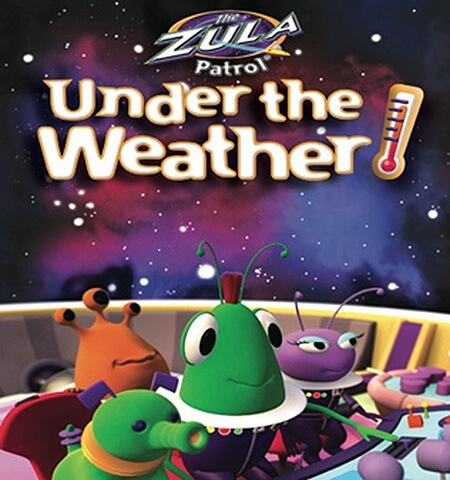
Zula Patrol: Under the Weather
Prep to Year 2
This animated adventure is selected to inspire, entertain and educate lower primary school students about the weather. What is the weather? What is the weather made from? The Zula Patrol are on an expedition collecting samples of weather on planet Zula for scientist Multo’s research, using their loyal pet Gorga’s ability to collect and bottle all kinds of weather. When the Zula gang inadvertently hurts Gorga’s feelings, he decides to leave Zula and find another planet to live on. Interplanetary villain Dark Truder tricks Gorga into stealing the weather from other planets as part of his latest devious scheme to rule the universe. The Zula Patrol find out and go after him. In the process, they learn all about the weather, both terrestrial and interplanetary.
Tilt: Seasons
Prep to Year 3
How the seasons work.
When the seasons go crazy it’s up to Annie and Max to set things right. But fixing this will take something extraordinary, and a little help. Come on a whirlwind adventure as the siblings learn just how the seasons work and discover that sometimes, all we need is a new angle on the world.
Incorporate ‘TILT’ as part of year 1 science understanding with Starlab Education’s program on observable changes in the sky and landscape, patterns of events that occur in the sky including the appearance of the Moon and stars, weather and seasons.
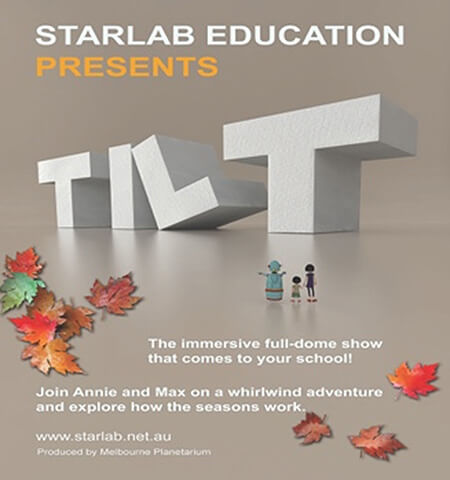
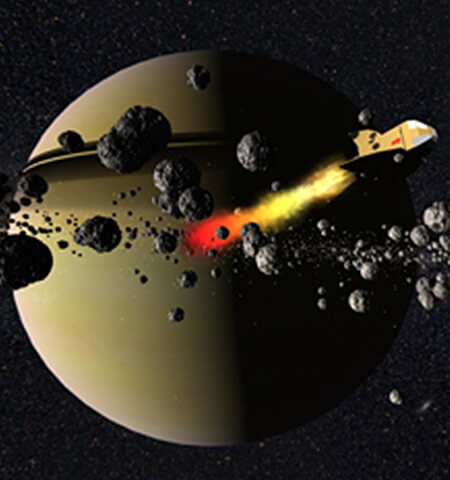
Secret of the Cardboard Rocket
Prep to Year 3
Exhilarating rocket ride to the planets.
Two young adventurers embark on a breathtaking up-close look at each of the planets in our solar system with guidance from a wise astronomy book. With ‘Book’ as their guide, the adventurers use their imagination to rocket through the solar system, landing on Venus, Mars and Pluto, blasting through the ‘great red spot’ on Jupiter, and viewing the sun and other planets from close vantage points. ‘Book’ relays interesting facts about each object ensuring students gain valuable knowledge whilst on their wild imaginary ride. From the boiling surface of the sun to the icy rings of Saturn, the incredible scenery in motion will mesmerize all young adventurers.
Earth’s Wild Ride
Years 1 to 4
Earth’s history, asteroid impacts, volcanoes & raging rivers.
Earth’s Wild Ride is a journey that immerses audiences in a 3D tour of Earth’s history and natural wonders including the Earth’s changing surface. Set on the surface of the Moon in the year 2081, a grandfather and his grandchildren gaze out into space. As they watch the Moon’s shadow move across Earth, the grandfather tells stories of crashing asteroids, erupting volcanoes, roaring dinosaurs, electrifying lightning, booming thunder and raging rivers carving through the land. While learning about eclipses, the ice age, Earth’s water cycle and differences between the Earth and Moon, the audience is taken on a roller-coaster-like ride through canyons of raging rivers and hot flowing lava.
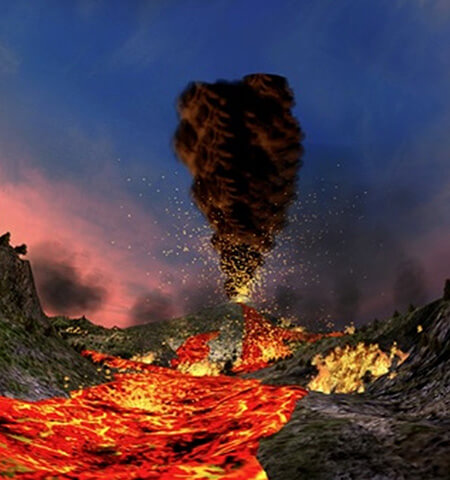
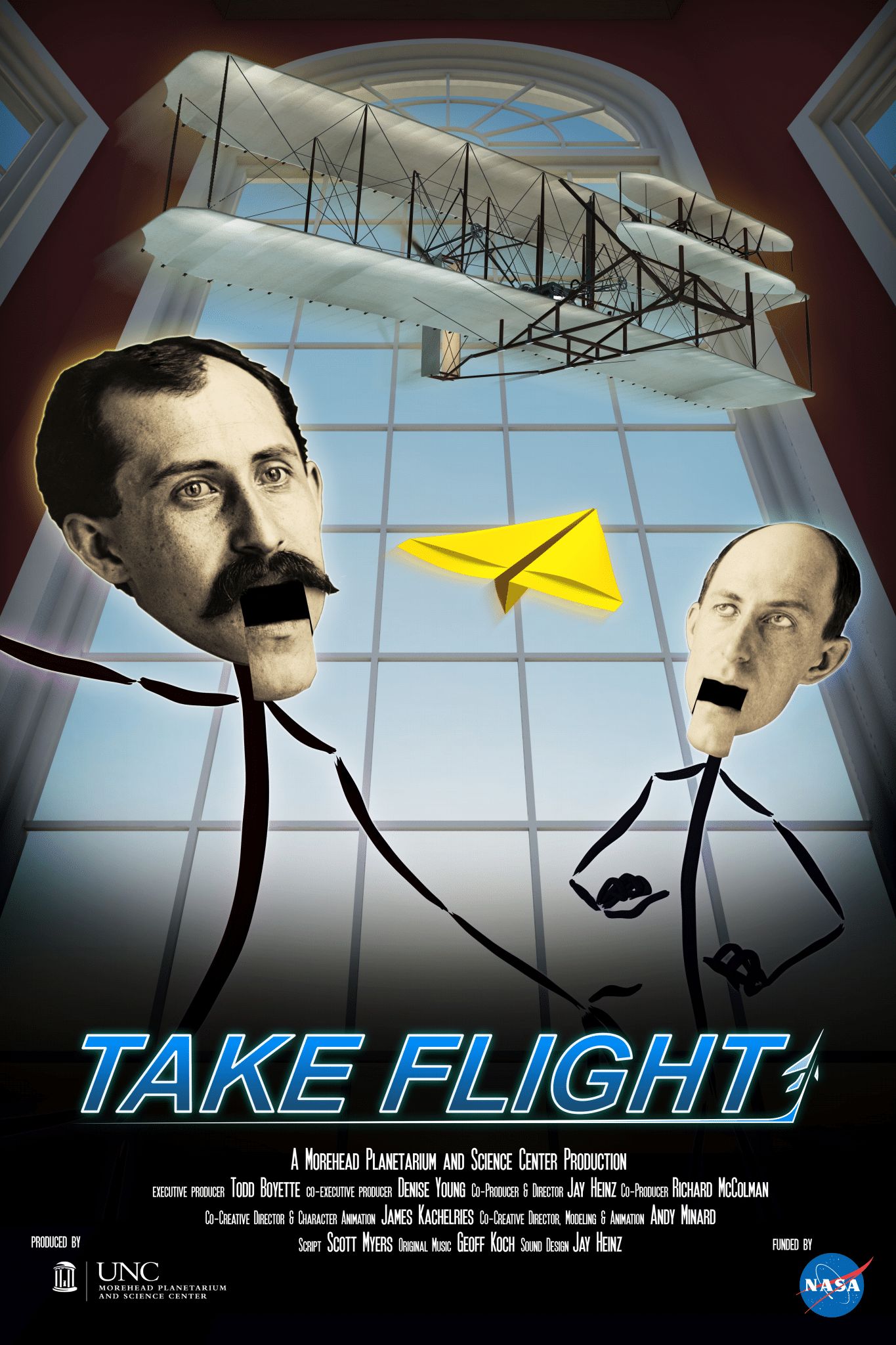
Take Flight
Years 2 to 4+
Discover the forces of gravity and motion of objects.
Join the uniquely animated brothers Wilbur and Orville Wright for a full-throttle full dome adventure through the history and into the future of aeronautics!
Learn about the four forces of flight — lift, weight, thrust and drag — with demonstrations by the Wright brothers and share observations and discoveries with Leonardo da Vinci as he creates his “flying machine.” Along the way, you’ll meet Bessie Coleman, the first woman of African American and Native American descent to earn an aviation pilot’s license; break the sound barrier with Chuck Yeager; and take an exhilarating flight across the Atlantic Ocean
with Amelia Earhart. Will you become a famous aviator? Take Flight could be your first step!
Earth, Moon & Sun
Years 3 to 7
Earth’s rotation causing day & night, shadows, moon phases.
This planetarium show explores the relationship between the Earth, Moon and Sun with the help of Coyote, an amusing character adapted from Native American oral traditions who has many misconceptions about our home planet and its most familiar neighbours. His confusion about the universe makes viewers think about how the Earth, Moon and Sun work together as a system. Native American stories are used throughout the show to help distinguish between myths and science.
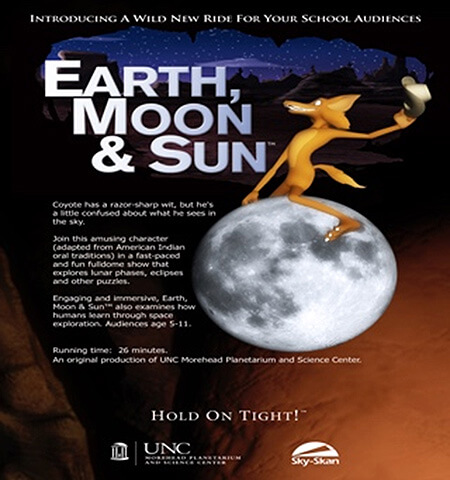
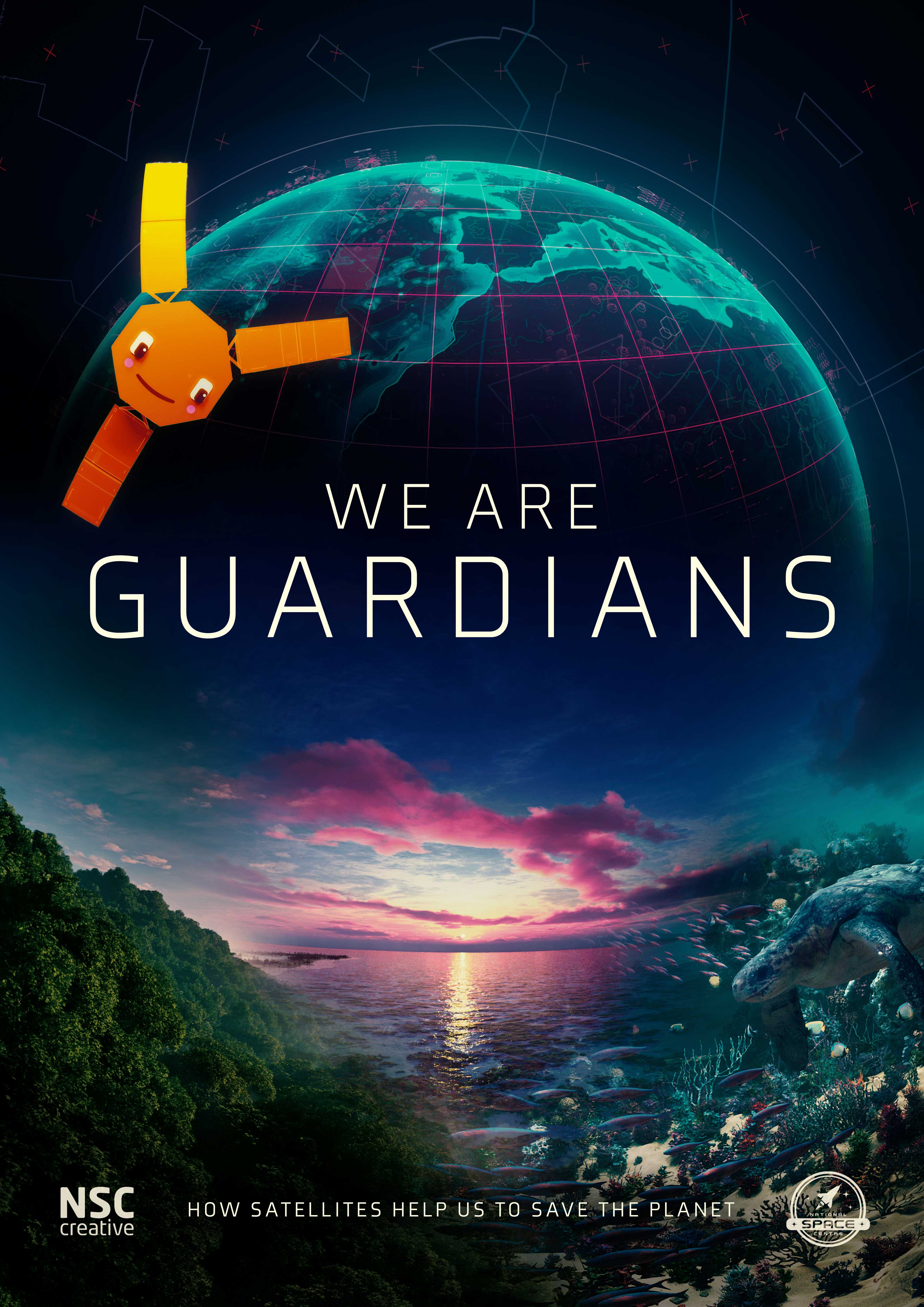
We Are Guardians
Years 4 to 7+
How satellites help us to save the planet!
We Are Guardians looks at how our world, its peoples and ecosystems are intrinsically connected, and how with the help of satellite monitoring we can examine the links between human activities and climate change.
What is an ecosystem? How does human activity impact our ecosystems, living things, food production and our environment. How can we minimise human impact on our planet?
Oasis in Space
Years 4 to 10
An in-depth examination of planets, their orbits, composition & our place in space.
Experience a journey through the solar system and gaze at beautiful images of the planets, their orbits and satellites. Explore Earth with its vast oceans that make life possible. One by one, fly by the planets and moons of our solar system, accompanied by full descriptions of their characteristics including the atmosphere, temperature and composition. With spectacular visual effects, students are inspired to draw their own conclusions about orbiting bodies in our solar system. Is there water out there? Is there life beyond Earth?
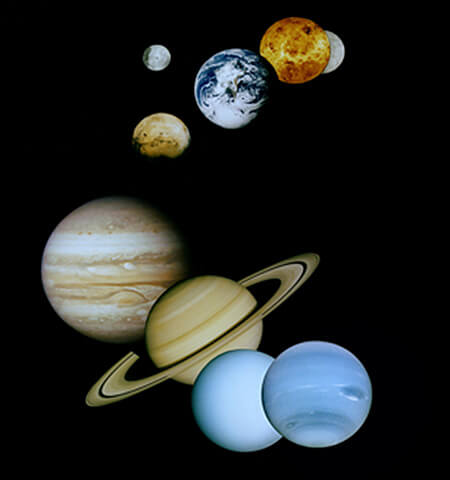
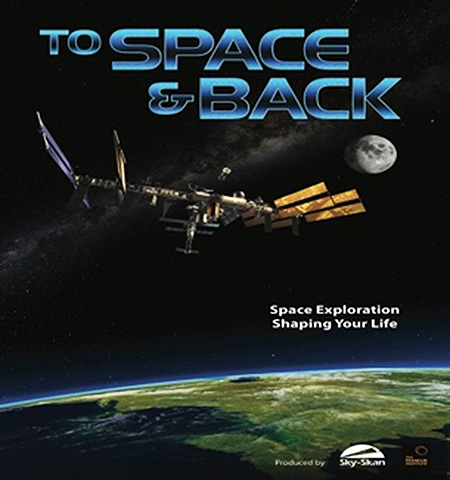
To Space & Back
Years 5 to 10+
How space technology influences our everyday lives.
To Space & Back takes audiences on an incredible journey from the far reaches of our known universe to our planet. This is an extraordinary story of human ingenuity and incredible engineering, describing how the technology that transports us to space is paving the way for the devices and applications we use every day. What is happening above is coming back down to Earth.
Travelling with Light
Years 4+
What is light? Where does it come from? What are the uses of light?
Travelling with Light tackles the importance of light in all areas of our lives. The show presents different scenarios that reveal the complexities of light and its direct influence on our planet.
The Sun is the closest star to Earth generating the energy that provides the light and heat necessary for life. The study of the Sun’s light, stars and galaxies enables the explanation of the origin, structure, and evolution of the universe.
The Sun is not the only source of natural light. Fire has accompanied the Earth since its inception and has played a very important role in the evolution of human life. The discovery of fire by primitive societies changed their way of life. Artificial light and its applications in medicine and communication reveal the relationship between humanity, life,
and light.
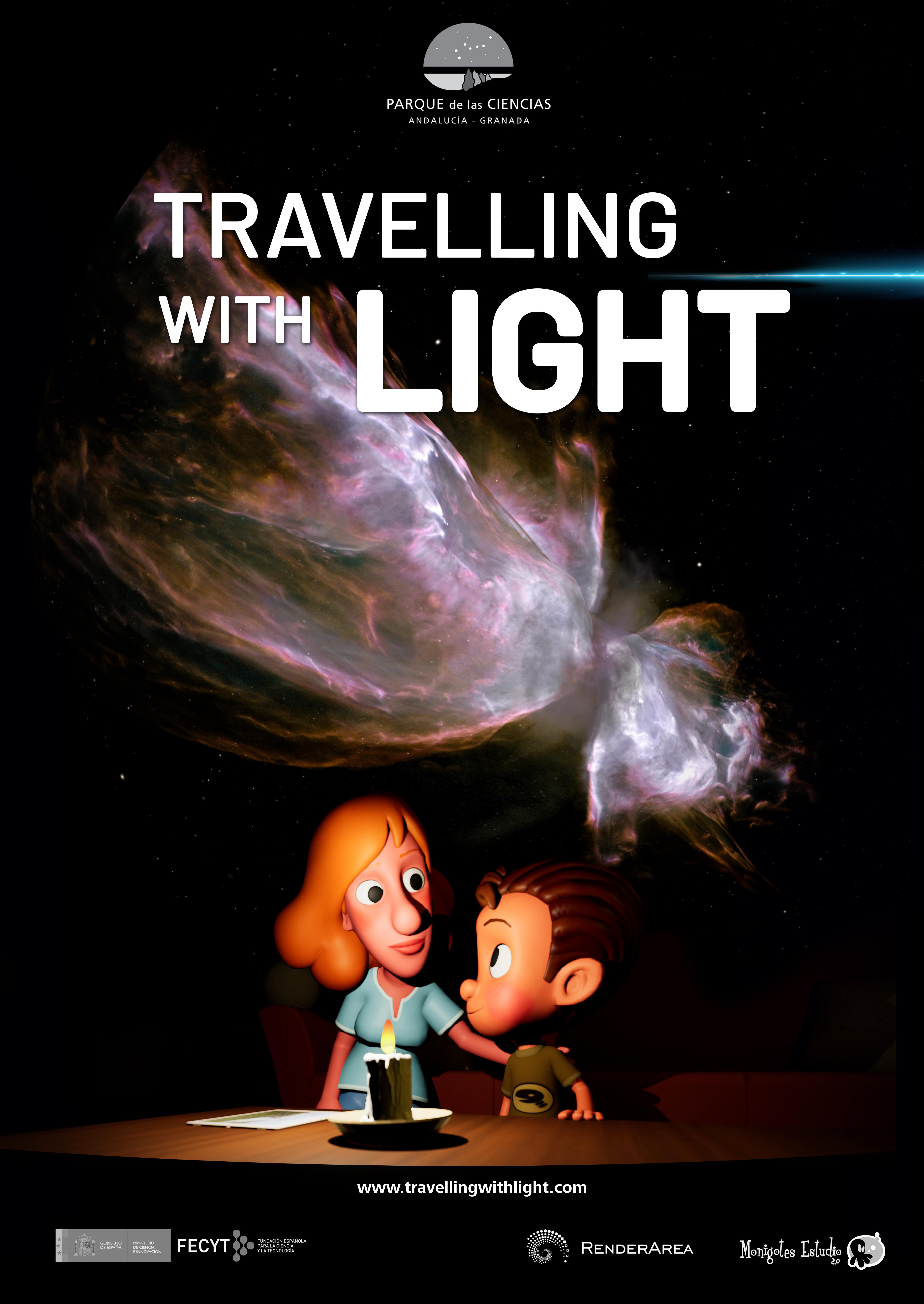
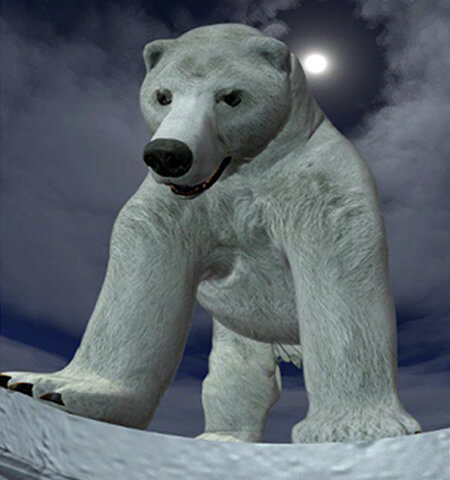
Ice Worlds
Years 6 to 10+
Explore the icy landscapes of our solar system, especially our home planet Earth in the Arctic and Antarctic regions. Audiences explore the critical relationship between ice and life. The Earth is a dynamic planet with a global climate that is always changing. The amount of ice trapped over land in the Polar Regions determines sea level and the amount of solar energy absorbed by the planet as bright reflective ice transforms into dark absorbing oceans. The interplay of life and ice on Earth, from microbes to humans, raises questions about the ice worlds of our solar system. Will they have microscopic life? Will they be suitable for humans to explore? Can they help us understand Earth’s changing polar habitats and protect their pristine beauty?
Totality
Years 7-10+
A complete examination of eclipses.
How do solar and lunar eclipses occur and what happens when they do?
See what happens when you are caught in the shadow of the Moon as the sun is plunged into a solar eclipse.
Learn how to safely observe an eclipse.
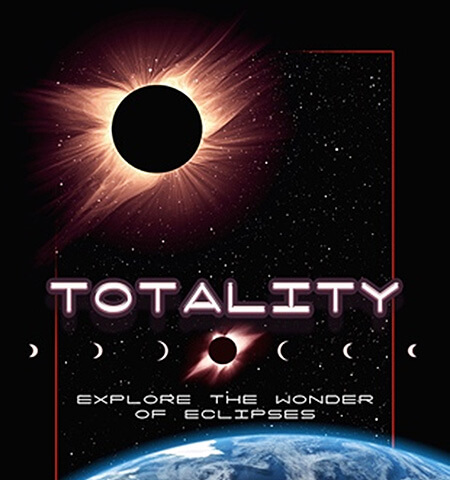
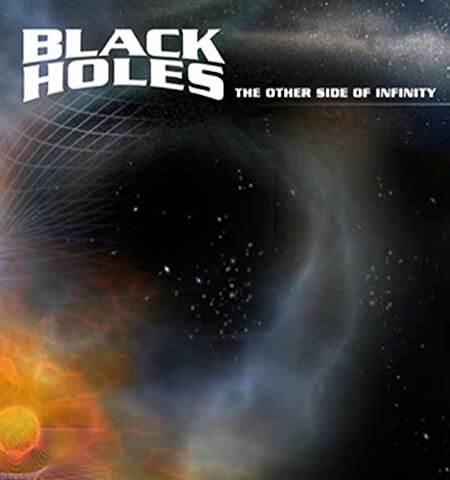
Black Holes: The Other Side of Infinity
Years 6 to 10+
The life cycle of a super giant star as it becomes a black hole.
A truly exhilarating experience with one of the most successful full dome shows ever produced. Narrated by Academy-Award nominated actor Liam Neeson, this cutting-edge production features visualizations of cosmic phenomena to bring the current science of black holes to the dome screen. Audiences will be dazzled with striking, immersive animations of the formation of the early universe, star birth and death, the collision of giant galaxies, and a simulated flight to a supermassive black hole lurking at the centre of our own Milky Way Galaxy.
Cosmology
Years 10+
Big Bang & size of the universe.
The study of our universe is as old as time, yet our understanding of the origins and nature of the universe is less than 100 years old. Cosmology provides an overview of the science of cosmology from the earliest theories about the size of the universe to the Big Bang. It details how our understanding has evolved over time.
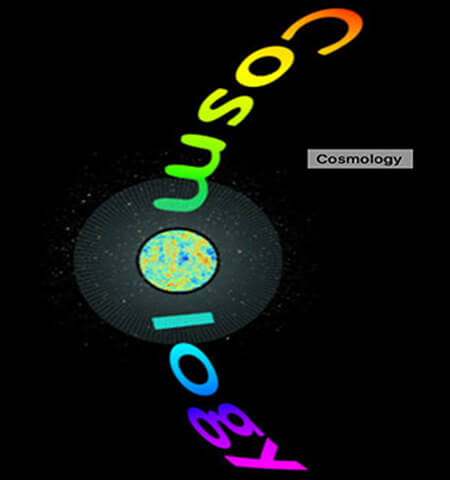
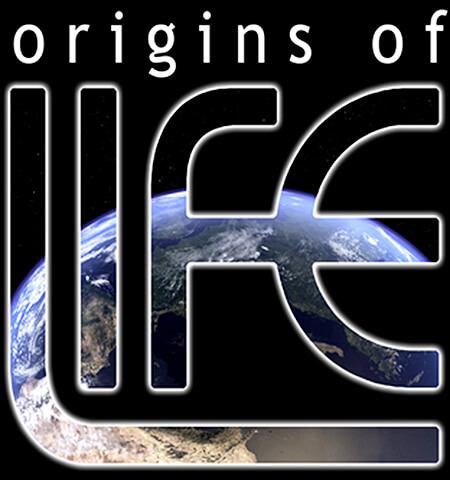
Origins of Life
Years 5 to 10+
Explore some of the most profound questions of life science: the origins of life and the human search for life beyond Earth. Starting with the Big Bang, in chronological order, the ‘Origins of Life’ deals with the prebiotic chemistry in the universe, the formation of stars, the formation of solar systems, and the first life on Earth. Furthermore, ‘Origins of Life’ covers the great extinctions as well as our search for primitive life beyond planet Earth. ‘Origins of Life’ is an inspirational journey through time and a celebration of life on Earth. It features many recent discoveries related to life science, demonstrating that if there was ever a time that science made its greatest advances, it’s right now!
Natural Selection
Years 8 to 10+
Join the young Charles Darwin on an adventurous voyage of exploration circumnavigating the world with the HMS Beagle. In Victorian times many physical phenomena had already been discovered and described by natural laws, but life’s most eloquent mechanism was still unknown: ‘How could new species arise to replace those lost in extinction?’ It was time for someone to present a Naturalist explanation of this mystery of mysteries. Witness the thrill of scientific discovery by seeing the world through Charles Darwin’s eyes, make observations of the most beautiful natural scenery and let the pieces of the scientific puzzle slowly but surely fall into place. Charles Darwin himself reveals this simple and most beautiful mechanism that explains the evolution of all life on Earth.
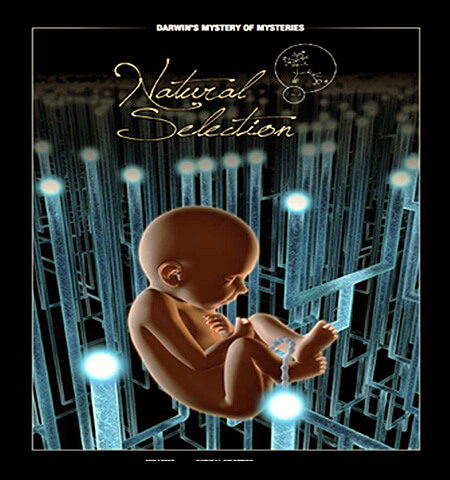
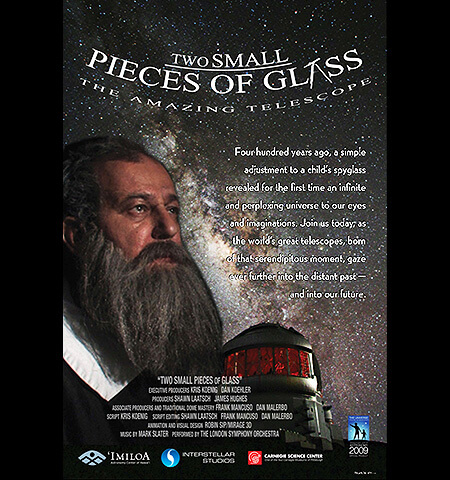
Two Small Pieces of Glass
General Audience & Night Activities
Learn how the telescope has helped us understand our place in space and how telescopes continue to expand our understanding of the universe. Learn about the history of the telescope; see how telescopes work and how the largest observatories in the world use these instruments to explore the mysteries of the universe.
Capcom Go – The Apollo Story
General Audience, Years 4+
Just over 50 years ago the first human walked on the Moon. Discover the story behind this historic achievement which will inspire the next generation of explorers and dreamers. This is a true story of human endeavour highlighting the risks, challenges and remarkable engineering accomplishments to put humans on the Moon.
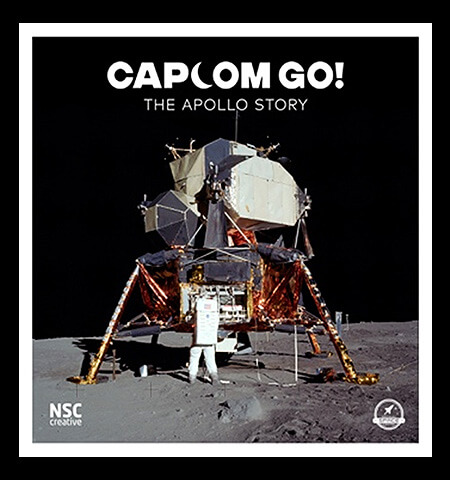
Copyright © 2020 Starlab Education (ABN 71 230 796 359). All Rights Reserved.
Created and Managed by Morningstar Digital
